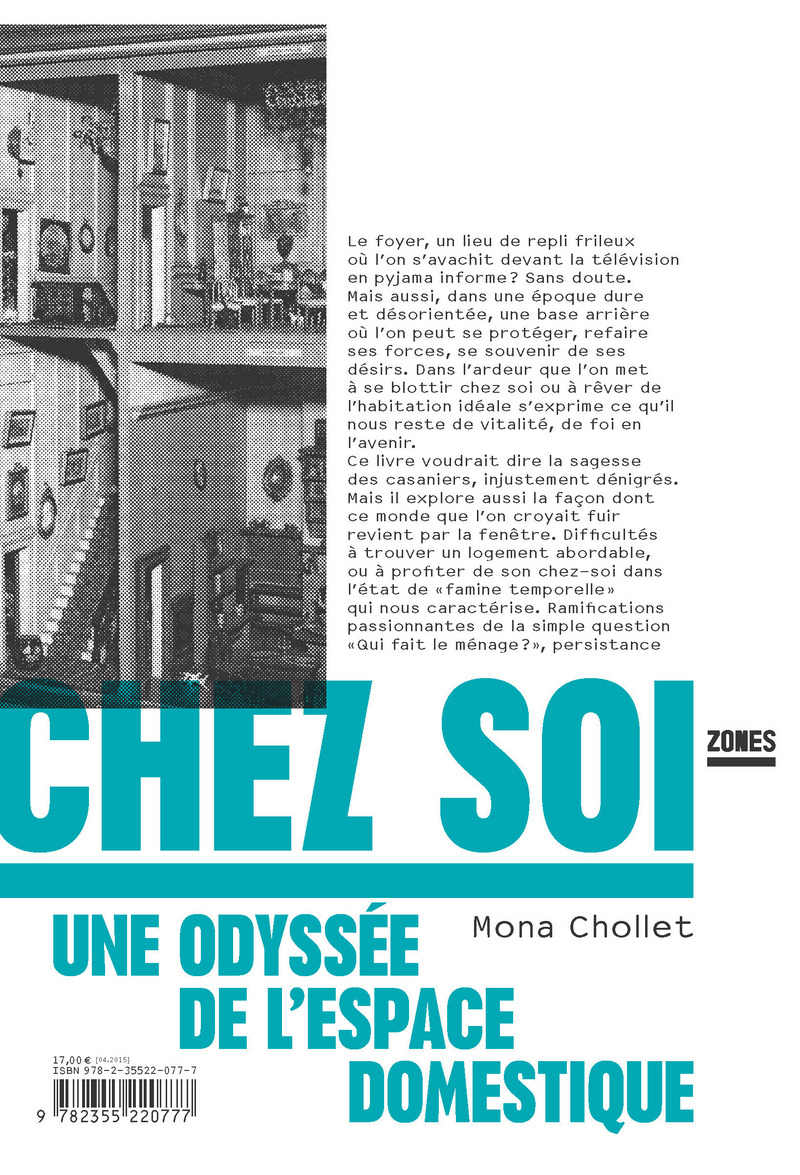Description
The plot dates back to 1914 and was transferred to the City in 2003. The City took over the plot to commemorate Charles Brandebourg, one of the first photographers to take pictures of Luxembourg City.
The tomb's origins go back to the family of Jean Elsen (1808–1871), a Luxembourg City police commissioner. He married Catherine Orianne (1828–1884). The couple had two children: Marie Elsen (1854–1911), who died unmarried, and Ottilie Elsen (1851–1914). Ottilie married Charles Brandebourg (19 December 1851–16 November 1906), the son of photographer Charles Brandebourg, who ran his photo studio in Clausen from 1863 to 1881, and nephew of painter and photographer Pierre Brandebourg (1824–1878). Charles's marriage to Ottilie produced Cathérine-Ottilie Brandebourg (1880–1909) and Jean Robert (1882–1883), buried in the same vault. From 1874, Charles Brandebourg worked in his father's studio. In 1881, he took over the business. He began operating from the Marché-aux-Poissons. He quickly made a name for himself with his life-size portraits, which were later used as models for paintings in church choirs. The finest images of the old fortress being dismantled are his work. From 1889, he held the title of Court Photographer. In 1891, he produced a magnificent collection of images of the now-open Luxembourg City and its surroundings. These images are still an important part of the collections of the Luxembourg City Photothèque and Dräi Eechelen Museum. In 1893, he set up shop in a villa opposite the Princess Henri monument.
The monument probably dates back to the first burial in 1871. It is made of Belgian granite. It is a cenotaph that rises from the centre of the plot, bounded by a base frame. The monument features no crosses or religious insignia, apart from the acronym R.I.P. and a stoup. The rear bears the inscription "concession à perpétuité" – the option established in 1804 to acquire a long-term grave deed. These provisions were revised in 1972 to include a right to renew the grave deed after a specified period. The monument is not signed by a sculptor or memorial mason. Along the length of the cenotaph there are hooks for hanging wreaths.













![Image of event Faust – Eine deutsche Volkssage [feat. Murcof] (Live@Cinémathèque)](https://storage.googleapis.com/lu-echo-prod-experiences/wNqoZmove5SG6TRjbN97Kc/faust-eine-deutsche-volkssage-feat-murcof-retrospective-friedrich-wilhelm-murnau-WRGsCI/media_Faust_03_main.jpg)

